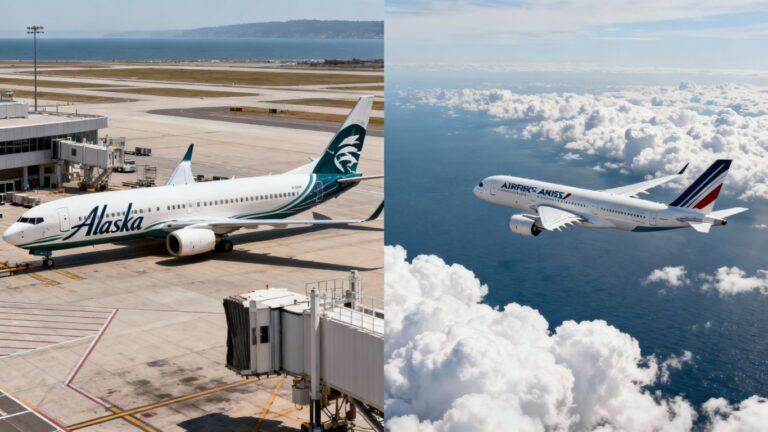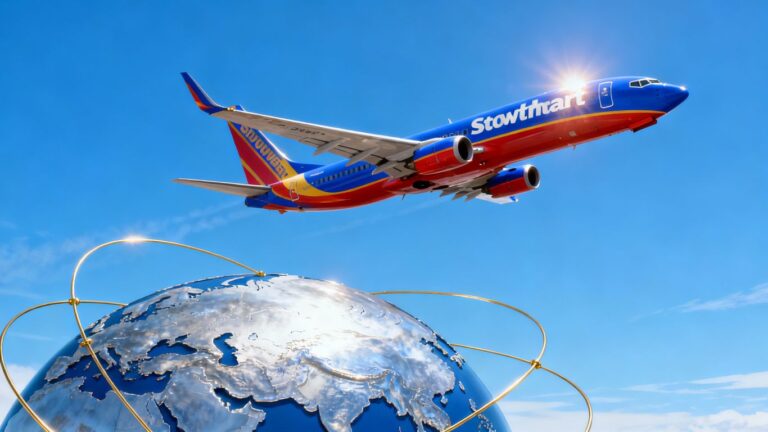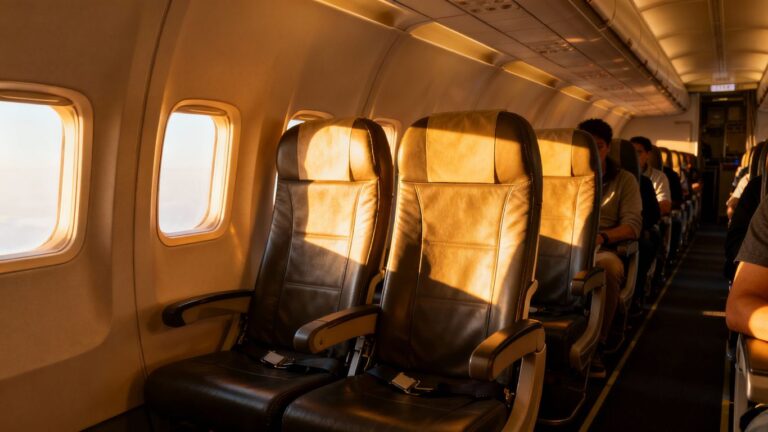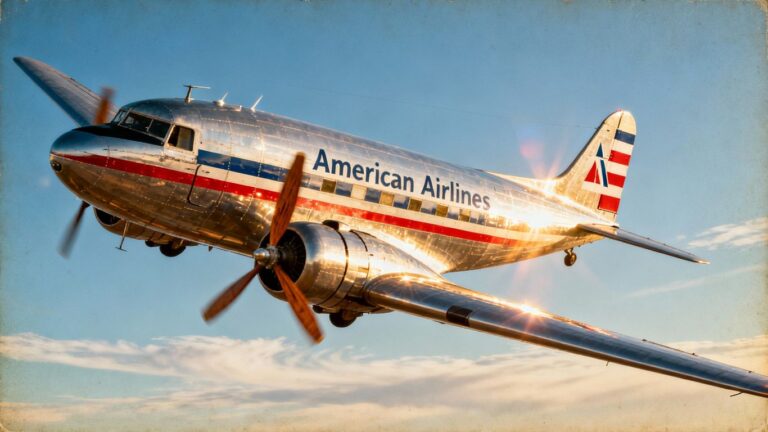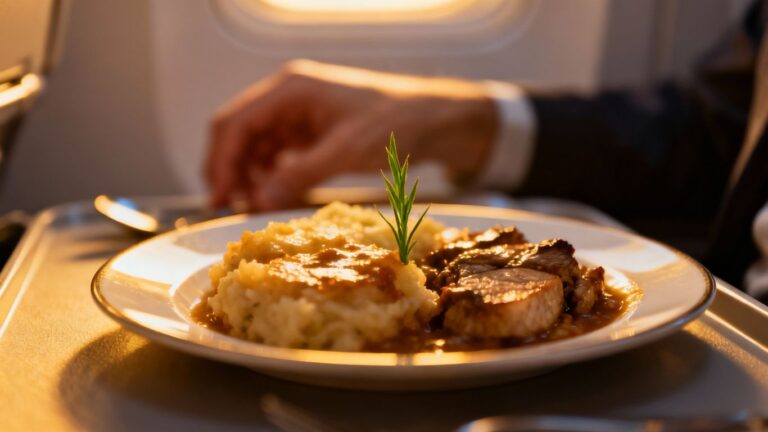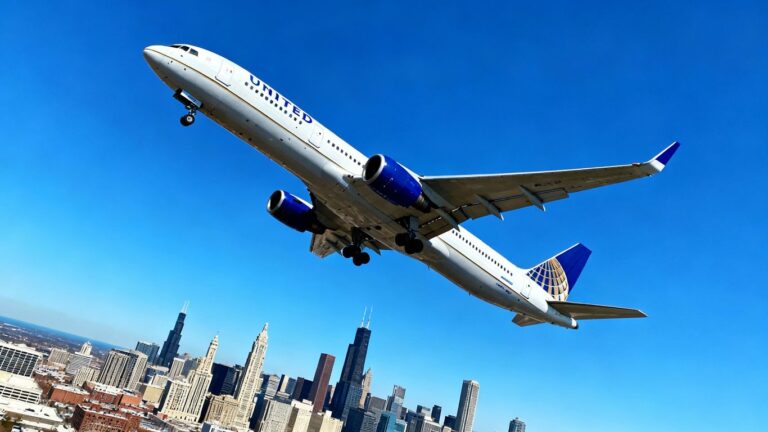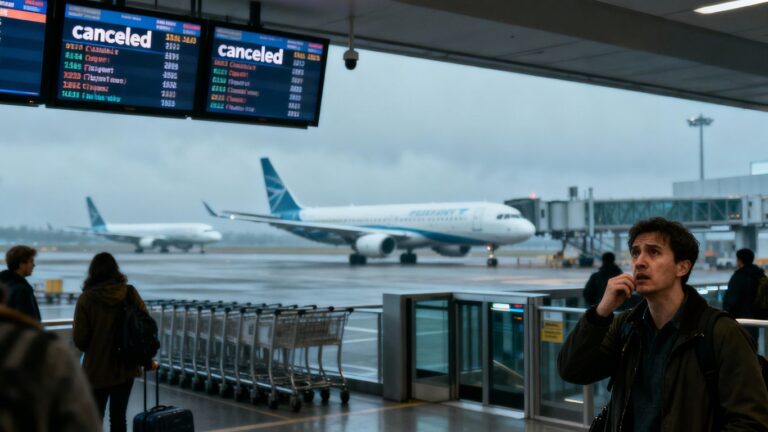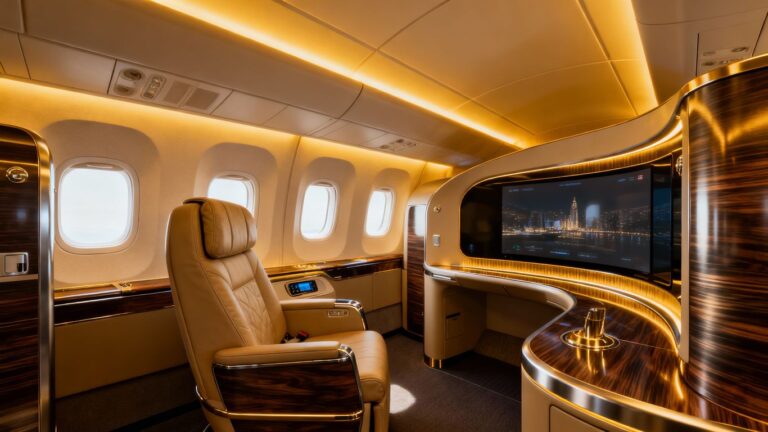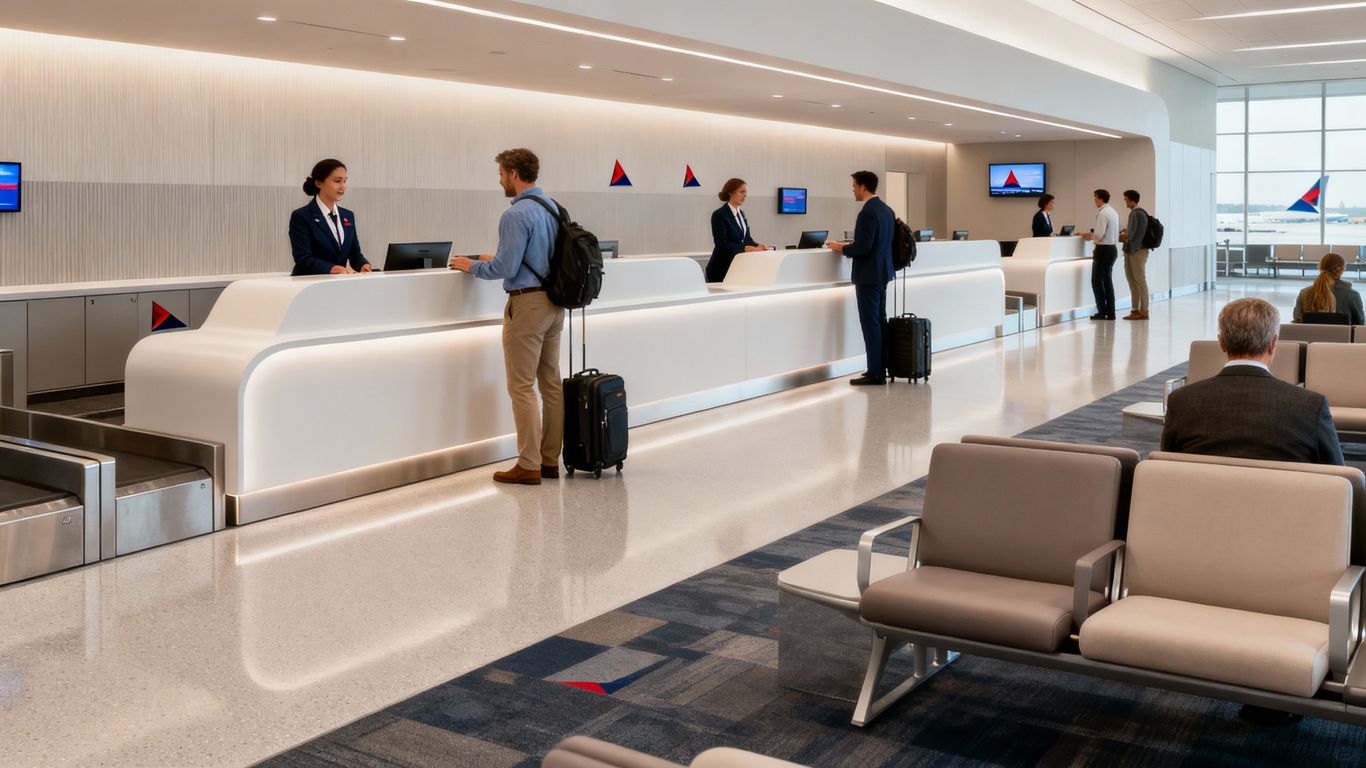
Delta Air Lines is rolling out a series of enhancements aimed at improving the travel experience for its premium customers and strengthening its market presence. The airline is expanding its upscale check-in areas to all its hub airports and continuing to invest in its "focus cities" strategy, which prioritizes specific airports for increased route offerings and marketing efforts.
Key Takeaways
- Delta is expanding dedicated Delta One check-in areas to all its hub airports by the end of 2025.
- The airline’s "focus cities" strategy aims to increase relevance and loyalty among SkyMiles members.
- New routes from focus cities are determined by a complex analysis of loyalty program interaction, not just travel demand.
- Delta is seeing significant revenue from its loyalty program and co-branded credit cards.
Upscale Check-in Expansion
Delta is set to offer a more premium check-in experience to all its hub airports by the close of 2025. This initiative includes the introduction of dedicated Delta One check-in areas, designed to provide a more comfortable and efficient start to the journey. While these areas will not replicate the ultra-exclusive experiences found at select global hubs, they will offer a distinct upgrade from standard SkyPriority lanes, featuring amenities like complimentary snacks and beverages.
Currently, Salt Lake City International Airport (SLC) and Minneapolis-St. Paul International Airport (MSP) are among the hubs receiving these new dedicated check-in zones by the end of this year. These areas are accessible to passengers holding a "Delta One" ticket, which typically includes the airline’s long-haul, lie-flat seats and first-class domestic offerings.
Strategic Focus Cities
Delta’s unique "focus cities" strategy, which includes Austin (AUS), Cincinnati (CVG), and Raleigh-Durham (RDU), plays a crucial role in its route planning and customer loyalty efforts. Unlike traditional "spoke" cities that primarily connect to Delta’s main hubs, focus cities receive increased investment in routes, sales, and marketing. This strategy is designed to enhance the airline’s relevance among its loyal frequent flyers and drive engagement with the SkyMiles program and co-branded credit cards.
Delta President Glen Hauenstein explained that route additions from focus cities are not solely based on travel demand. Instead, the airline analyzes how new routes can "maximize the interaction between the airline and the card," considering factors like the number of local loyalty members traveling to specific destinations. This approach has led to expanded service from Austin, with a significant increase in flights and seats, including new routes to destinations like Denver, Indianapolis, and New Orleans, as well as less obvious routes to McAllen and Northwest Florida Beaches.
Loyalty and Financial Performance
The focus on premium travelers and loyalty programs is a significant driver of Delta’s financial success. The airline reported nearly $2 billion in loyalty revenue in the third quarter, representing 12% of its total revenue. Delta anticipates a record $8 billion in revenue from its partnership with American Express in 2025. The airline has observed a trend of customers increasingly opting for its premium credit cards, which offer substantial benefits for frequent flyers, indicating a strong performance in attracting and retaining high-value customers.
Sources
- Delta Air Lines president explains why it has ‘focus cities’, The Points Guy.
- Delta to roll out upscale check-in option to every hub by end of 2025, The Points Guy.
